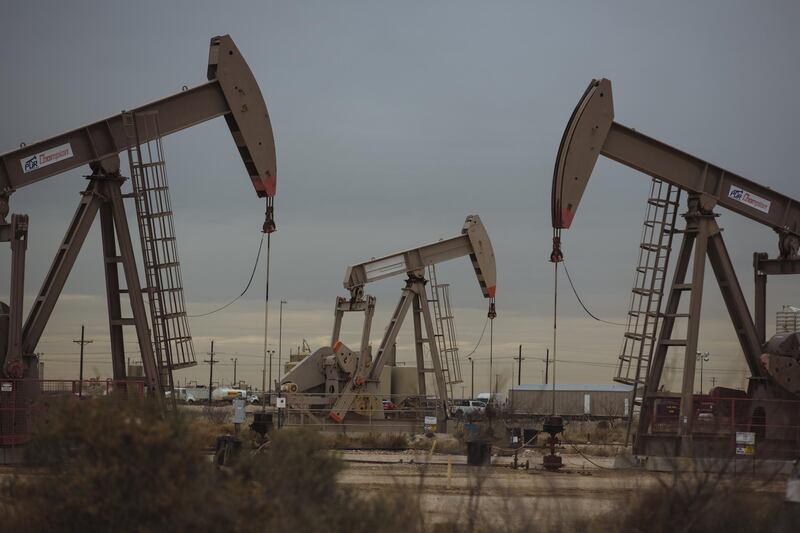Brent crude futures appreciated unevenly in the first quarter, pressured by demand uncertainties and the postponement of Opec’s decision on supply cuts. Brent futures followed a jagged road en route to the destination of $70 (Dh257), leaving the oil markets scratching their heads over a road map for the second quarter.
On an annual basis, world oil demand has pursued an upward trend since 2016. The commodity started recovering from the crisis in 2014/15 when demand ranged between 94-96 million barrels per day (mb/d) on a quarterly basis. Since then, world oil demand has ranged between 97mb/d and 99mb/d per quarter.
In recent developments, the International Energy Agency (IEA) reported oil demand for the fourth quarter of 2018 was falling because of large dropouts in Asia and Europe plus slower growth in the US. Nonetheless, the organisation kept its global growth forecast for 2019 unchanged at 1.4 mb/d based on solid non-OECD growth and even revised regional growth estimates upward based on gains in parts of the Middle East and Asia.
The reasons for the demand uncertainties are many, starting with concerns over slowing global growth and tough trade negotiations between the US and China.
Differences in oil price policies between Opec and the US have resulted in a ‘two steps forward, one step back’ movement in crude oil benchmarks. Opec’s supply restrictions support a rise in oil prices while high supplies in the US provide resistance to an upward trend.
Still, if there were clear signs of growing aggregate demand for oil, prices would likely trend upward despite the differences in international oil policies. The oil bulls are in the wings waiting for new opportunities and eyeing significant supply drop outs in Venezuela. The bulls might get what they’re waiting for in June if Opec decides to maintain or even increase supply restrictions, thus providing support for higher oil prices.
Regarding Venezuela, the IEA believes that — at 2.8 mb/d — there is enough spare capacity in Opec to make up for any more bad news from the oil-producing country. I see this cautiously because there are more than enough examples of animal spirits outweighing fundamentals in the markets.
Looking ahead into the second quarter, I expect oil prices to continue to seek higher ground while being kept in check by strong US shale production levels and caution over the prospect of a slowdown in global demand.
Hussein Sayed is the chief market strategist at FXTM







